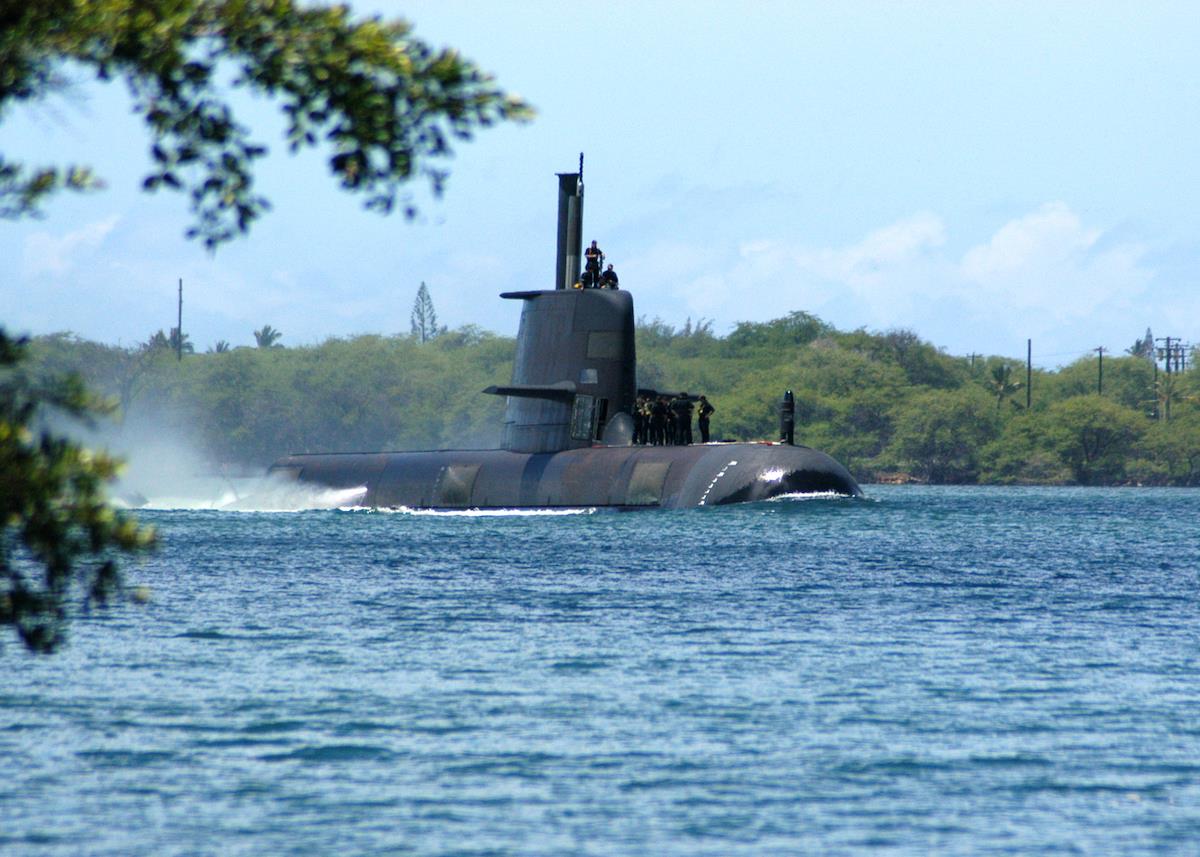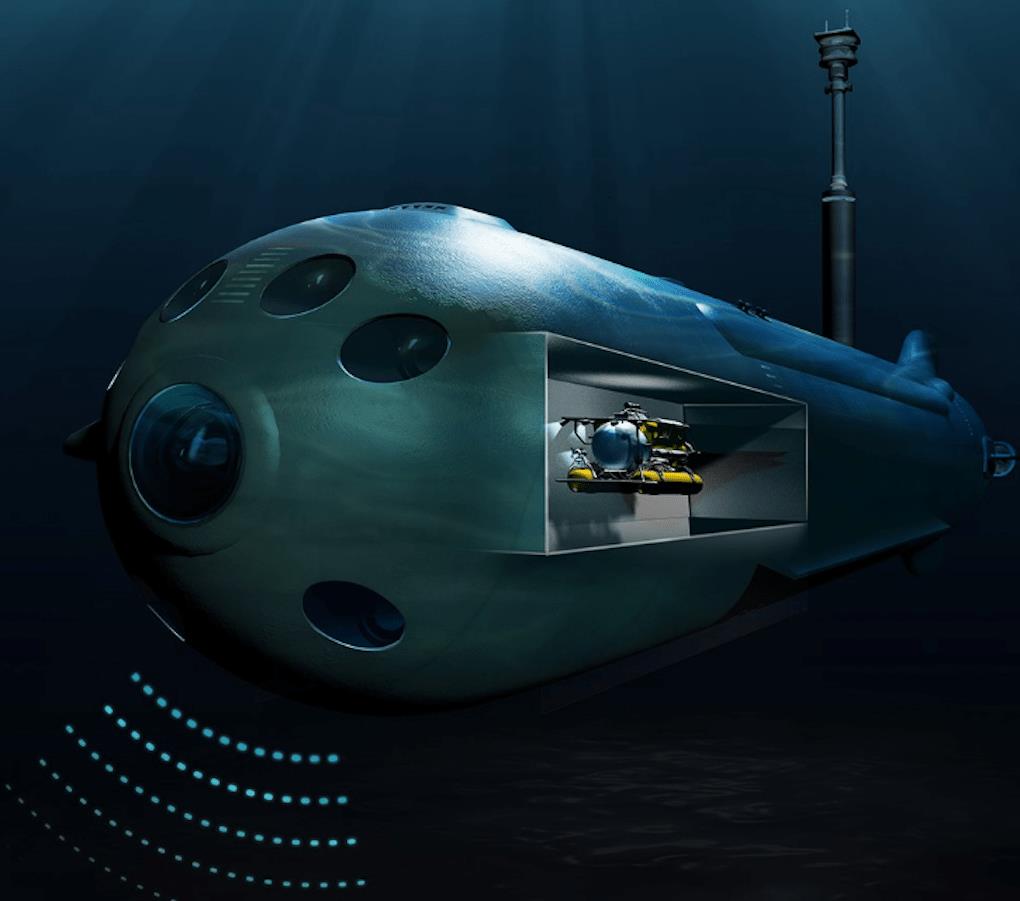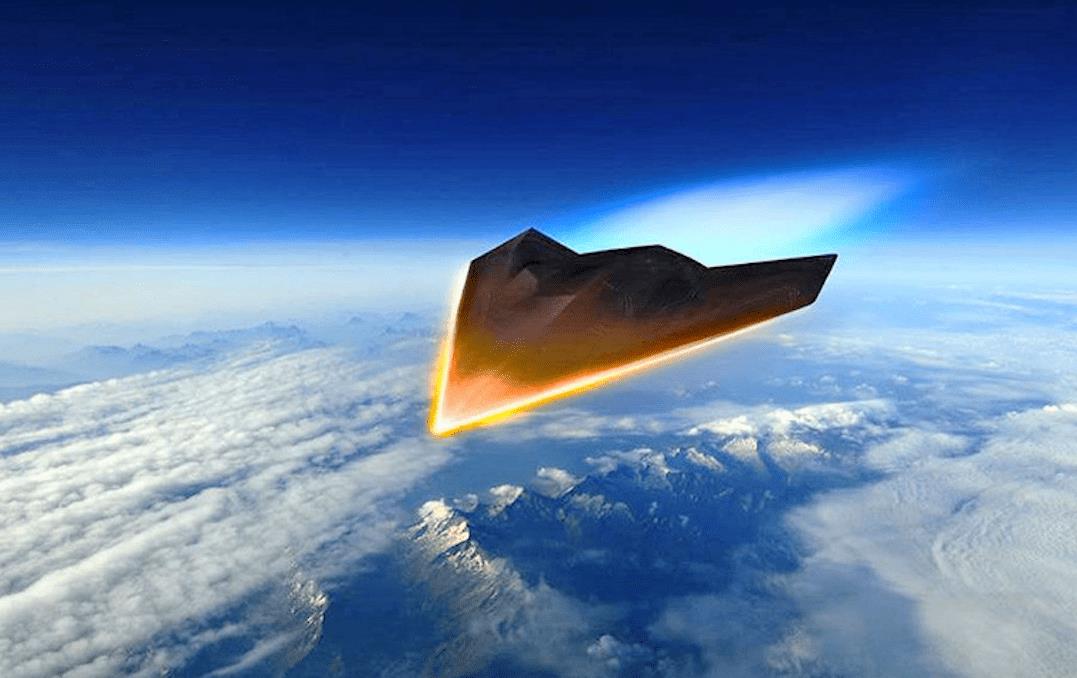(MENAFN- Asia Times)
Australia has announced it will develop its own unmanned submarines, with the US$100 million investment aimed at bolstering its underwater warfare capabilities amidst rising tensions with China in the South Pacific.
The Australian Department of Defense has partnered with Anduril Australia to co-fund a program that will design, develop and manufacture Extra Large Autonomous Undersea vehicles (XLAUV).
These unmanned subs are stealthy, multi-role platforms between 10 and 30 meters long, with the capacity to carry various military payloads over long distances.
They will also feature the latest advancements in autonomy, edge computing, sensor fusion, propulsion and robotics to complement Australia's surface fleet and submarine force in performing a variety of military and non-military missions, such as advanced intelligence, infrastructure inspection, surveillance, reconnaissance and targeting.
Under this co-funded program, the Royal Australian Navy (RAN), Defense Science and Technology Group and Anduril will produce three XLAUV prototypes over the next three years, resulting in a manufacture-ready unit.
Anduril also envisions a high level of indigenization for the project, as it plans to hire dozens of highly-skilled employees from hi-tech sectors such as maritime engineering, software development, advanced manufacturing, robotics, propulsion design and mission operations.
The company also aims to partner with Australian small and medium enterprises to source nearly all elements of the program's supply chain. This development puts Australia on a growing list of countries developing and deploying unmanned military subs, such as the US, UK, China and Russia.
Unmanned subs a force multiplier
In the event of hostilities, Australia can deploy its XLAUVs as a force multiplier. A crewed Australian submarine can act as a mothership for multiple XLAUVs performing intelligence, surveillance and reconnaissance (ISR) missions in Australia's critical maritime chokepoints such as the Lombok, Sunda and Makassar Straits.
These XLAUVs can also extend the sensor range of Australia's crewed submarines and major surface assets, increasing their potency and mission flexibility. XLAUVs can also perform anti-submarine, anti-surface and electronic warfare operations in littoral areas and critical maritime chokepoints.
They could also be used as covert minelayers for sea denial, cutting off access to critical ports, naval bases and maritime chokepoints.

The Australian Collins-class submarine HMAS Rankin enters Pearl Harbor for a port visit in 2004. Photo: WikiCommons / US Navy / Seaman Ryan C McGinley
Such a system may prove to be a short-term fix for Australia's troubled undersea warfare capabilities. Australia's six Collins-class subs provide the backbone of its undersea warfare capabilities, yet have been plagued by various design issues in their combat data system, noise levels and components quality.
While Australia has tried to procure a replacement for the troubled Collins class by initially signing a deal for a dozen DCNS Shortfin Barracuda conventional submarines, it canceled its deal with France in favor of acquiring nuclear-powered subs under the AUKUS alliance.
Long wait for nuclear-powered subs
However, it would not be until the 2030s when an aging US nuclear-powered sub would be available for lease for training and technology transfer purposes, and only in the 2040s would Australian nuclear subs have any strategic effect.
This leaves a huge capability gap between the planned obsolescence of Australia's Collins subs in 2026, and before its planned nuclear-powered submarines become fully operational in the 2040s. By then, the geopolitical situation and China's naval capabilities may have vastly changed.
Australia's XLAUVs may be a stopgap measure to provide some of the capabilities of its planned nuclear subs until they become operational, or if Australia decides on procuring a more capable conventional sub than the Collins class.
Notably, XLAUVs can extend the range of the Collins' sensors, building on the subs' already long range. XLAUVs can also remain on station for extended periods, maintaining a persistent covert presence if the manned Collins subs are not available, or must turn back for resupply.
They can also offset the Collins' potential shallow water limitations, considering the large size of the subs compared to other conventional designs.
However, evolving underwater detection capabilities could spell unacceptable vulnerabilities for crewed submarines, possibly making unmanned systems such as the XLAUV the workhorse of undersea warfare for the foreseeable future.
A 2020 study by the Australian National University's National Security College concluded that future technologies will make the oceans broadly transparent and that counter-detection technologies will not have the same salience in decades ahead as they have had previously.
It also says that the oceans are very likely to become transparent by the 2050s due to improvements in sensor technology, and new ways to detect chemical, biological, acoustic and infrared signatures, finding that even with improvements in stealth technology, subs will become visible.
These developments may have pushed Australia to join the growing list of countries developing and deploying unmanned sub technology, such as the UK, US, China, and Russia.

Unmanned submarines are not only deployable in dangerous waters, they're ultimately disposable. Photo: Anthony Calvert / Cosmos Magazine / Facebook
Australia's XLAUV project bears significant similarities to the UK's Project CETUS and Manta unmanned subs, and the US' Orca Extra Large Unmanned Undersea Vehicle (XLUUV).
The UK's Project CETUS is the designation for the Royal Navy's efforts to design, build and test its first extra-large underwater drone, which is envisioned to complement its Astute-class subs, just as Australia's XLAUVs are planned to complement its Collins-class subs.
The project contract is projected to be finalized in the financial year 2021-2022, with a projected cost of $29.3 million. In addition to Project CETUS, the UK is also working on the Manta underwater drone, an unmanned version of the existing S201 manned submersible made by MSubs, a British manufacturer.
The US is working on a similar Orca Extra Large Unmanned Undersea Vehicle (XLUUV), as the US Navy awarded Boeing contracts worth a total of $274.4 million to produce five Orca XLUUVs in 2019.
As with Australia's planned XLAUV, the Orca can be used for mine countermeasures, anti-submarine warfare, anti-surface warfare, electronic warfare and strike missions without risking the lives of its operators.
China has also deployed unmanned subs, using them for hydrographic missions in the Indian Ocean and the South China Sea to gather data to support submarine operations. It also operates the HSU-001 underwater drone, which is roughly analogous to the Project CETUS, Manta, Orca and XLAUV drones.
The HSU-001 was reportedly tested off Fujian or the Taiwan Strait, simulating anti-submarine operations.
Unmanned subs can also be used as a strategic weapon. Russia's sub-launched Poseidon underwater drone is designed to carry a nuclear warhead to attack enemy coastal cities, ports and naval bases. It also provides credible second-strike capabilities by bypassing missile defense systems.
China's increasing presence in the South Pacific has raised significant security concerns for Australia and may have spurred on the latter's high-tech military modernization, focusing on high-end weapons systems such as subs, unmanned systems, cruise missiles, and hypersonic weapons.
Last month, Australia announced plans to accelerate its missile procurement program years ahead of schedule.
Under the revised timeline, Australia's F/A-18F Super Hornet jets will be armed with improved US-made missiles by 2024, most likely the AGM-158B JASSM-ER, three years earlier than planned.
Australia's Anzac-class frigates and Hobart-class frigates will also be equipped with Norwegian-made Kongsberg Naval Strike Missiles by 2024, five years earlier than scheduled.
Moreover, Australia selected US defense firms Raytheon and Lockheed Martin to partner with Australian government-backed firms to kick-start domestic production of guided weapons and long-range missiles.

Hypersonic missiles can travel at five times the speed of sound or greater and can change their trajectory, making them nearly impossible to stop. Photo: Handout
Hypersonic missile development
Australia is also developing its own hypersonic missile technology . This March, Hypersonix, a small Australian civilian firm, together with the University of Southern Queensland, LSM Advanced Composites and Romar Engineering, was awarded a $2.2 million grant from the Australian government to develop the DART CMP airframe, a reusable hypersonic UAV that can travel at speeds of up to Mach 12, powered by the SPARTAN hydrogen engine.
On top of building its own unmanned submarines, accelerating its missile procurement program and developing its own hypersonic weapons technology, Australia has also invested in unmanned wingman drones .
Last year, Australia tested the Loyal Wingman drone, which introduced crewed-autonomous teaming technologies between itself and other aircraft in the Royal Australian Air Force's inventory, such as the F-35A Lightning II, F/A-18F Super Hornet and E-7A Wedgetail.
Loyal Wingman drones can collect data in heavily defended areas and relay them to their operators beyond the range of enemy air defenses. They can also extend weapons ranges by designating targets with onboard target designators, while the launching manned aircraft remains electronically silent and out of enemy weapon range.
China's increasing presence in the South Pacific has raised significant security concerns for Australia and may have spurred on Canberra's high-tech military modernization.
Last month, China and the Solomon Islands signed a controversial security pact , which has drawn intense criticism from the US, Australia and New Zealand, as potentially setting the stage for a long-term Chinese presence in the South Pacific in a strategic location.
Australia's reaction was particularly strong, with Prime Minister Scott Morrison stating that if the agreement allowed for the establishment of a Chinese military base in the Solomon Islands, it would be a red line for his government.
A Chinese naval base in the Solomon Islands could potentially cut sea lines of communication between Australia, New Zealand and the US. That would force Australia to go it alone in defense of its maritime interests.
MENAFN06052022000159011032ID1104169158